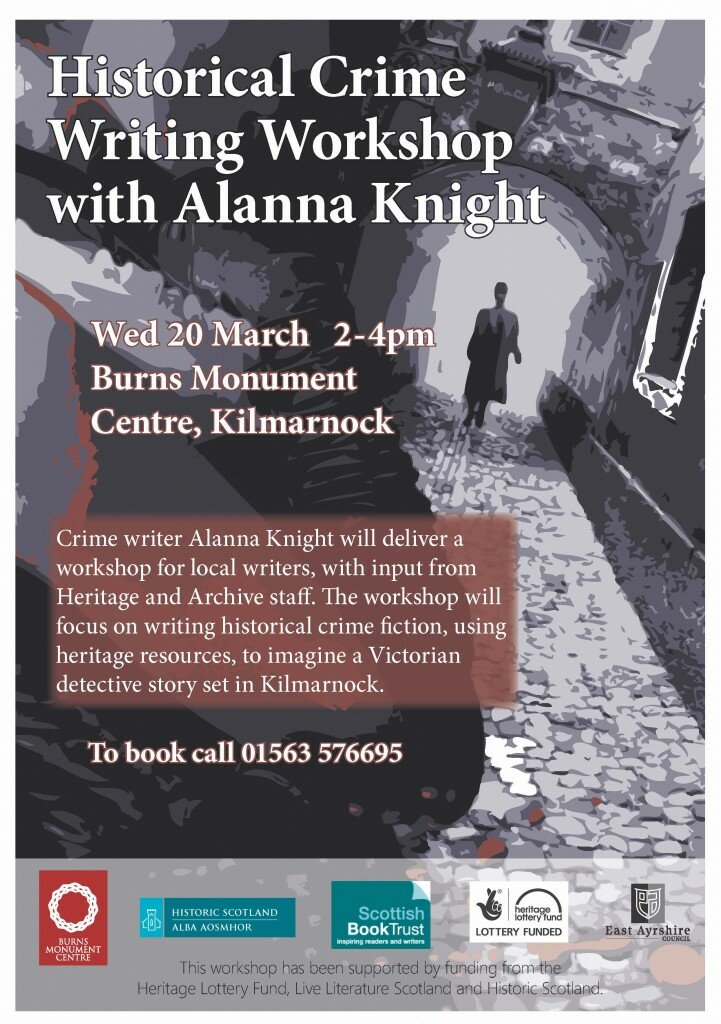How can you use local history and archive material as a creative springboard for a comic or graphic novel? So much of our material can be used as a stimulus for creativity, for example stories or visual art or a bit of both. We were delighted to host a workshop with the graphic novelist duo Metaphrog this week which explored this.

A very adventurous S2 class from Grange Academy joined us, and learned loads about how comic book characters and stories can be formed, drawn and read.
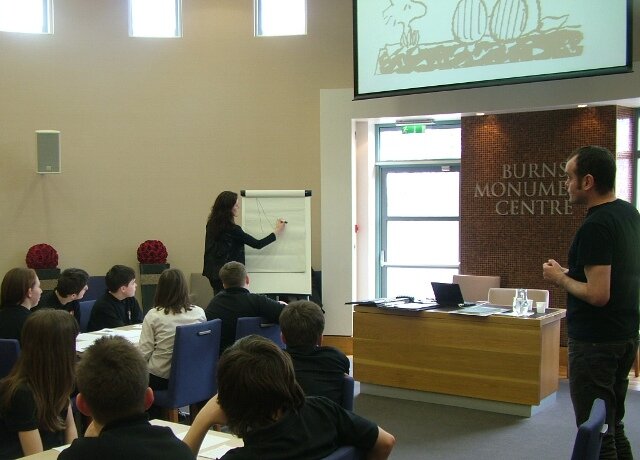
Using a big smattering of Kilmarnock-specific local history and archive material, including photos, 19th century adverts and pamphlets, old maps, and records such as Poor Relief, the pupils were able to visualise a very different Kilmarnock and create something new and fresh.
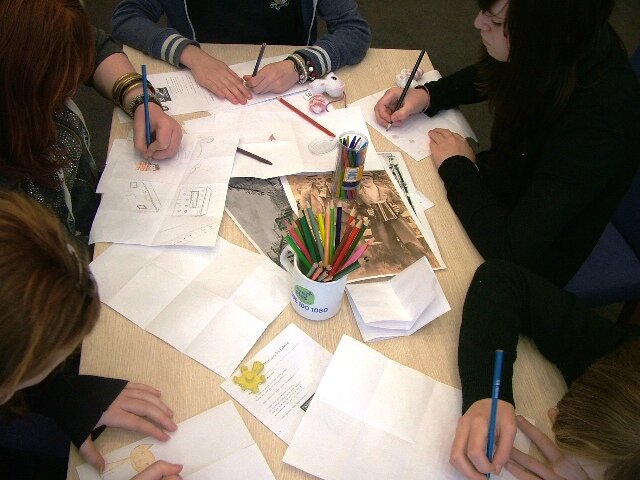
We focused specifically on character, using things like pictures of Kilmarnock House when it was the Industrial and Ragged School, and the annual reports of the school c1870, which detail the circumstances of the children and the kind of work they did while there (making cravats and shoes for example).
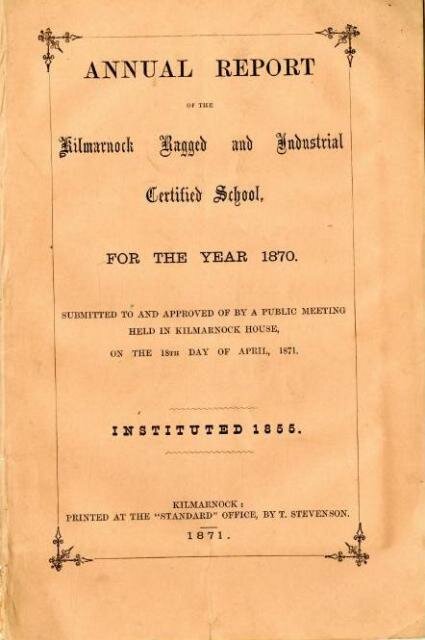
We explored some unusual material from Kilmarnock’s past, for example a collection of articles and pamphlets about the controvesial steeplechasing in the town c1850s. There was a heated public debate about whether the steeplechasing should be allowed to continue or not, with colourful descriptions and hysterical rhetoric about the moral (rather than physical) dangers of such events.
Metaphrog gave the class lots of great advice on how to create a character that readers will engage with, and practical suggestions about positioning characters on the page, sequencing, and characters’ movements.
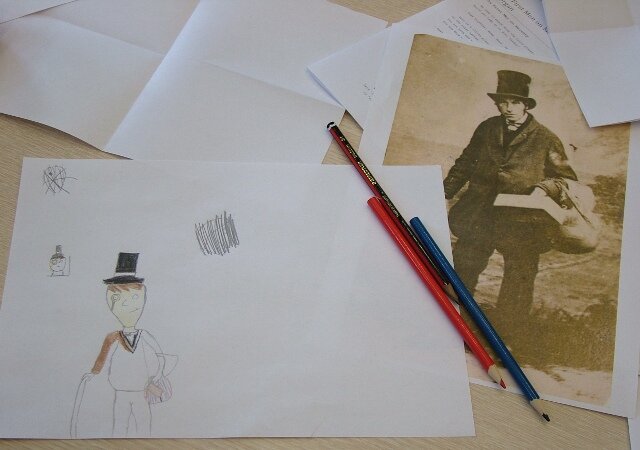
For a couple of hours, the Robert Burns Suite was a creative hothouse, and the pupils were keen to develop their ideas further at school. Everyone really enjoyed Metaphrog’s input – their presentations and discussions were so stimulating – hopefully they gathered a few more fans from Kilmarnock!
The workshop was kindly supported by Historic Scotland, the Heritage Lottery Fund, and Live Literature Fund, which is supported by The National Lottery through Creative Scotland and managed by Scottish Book Trust.







